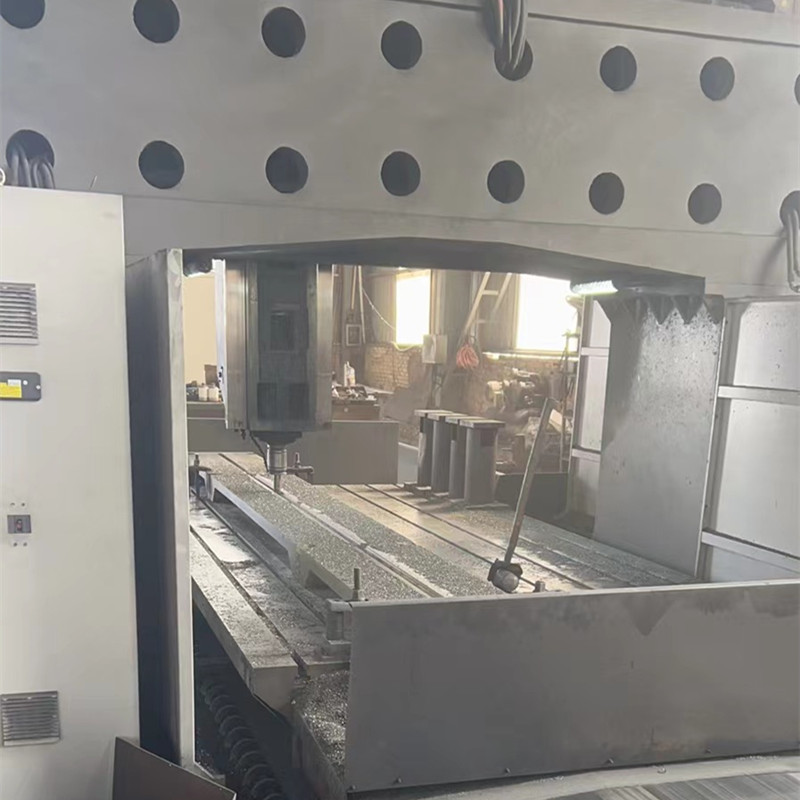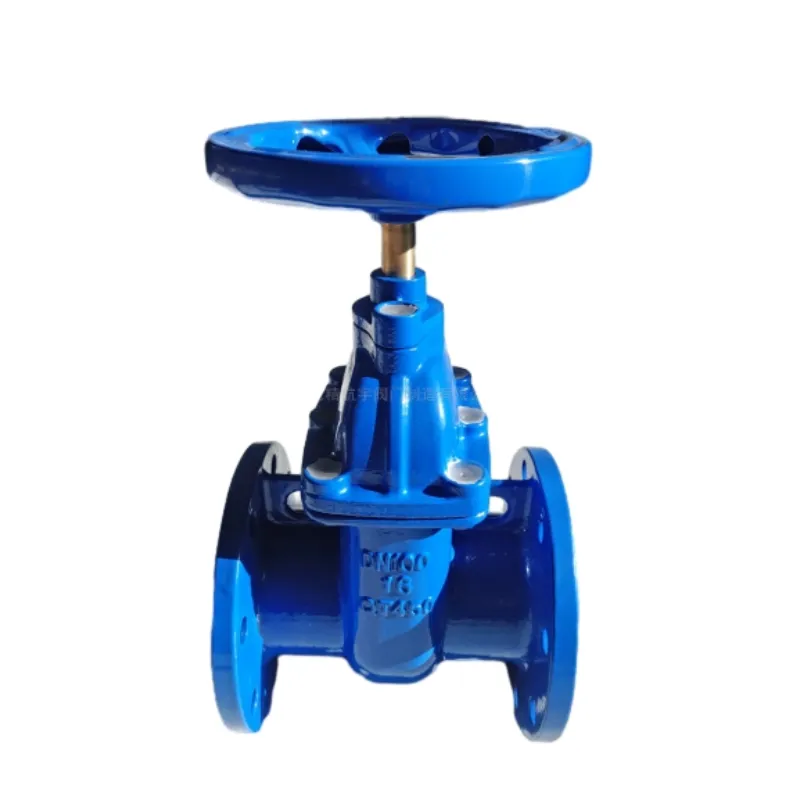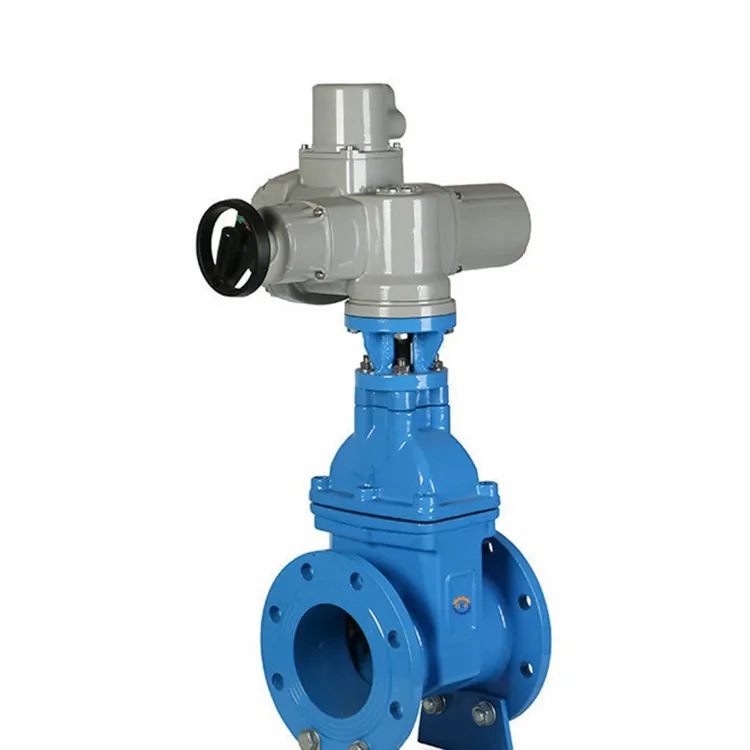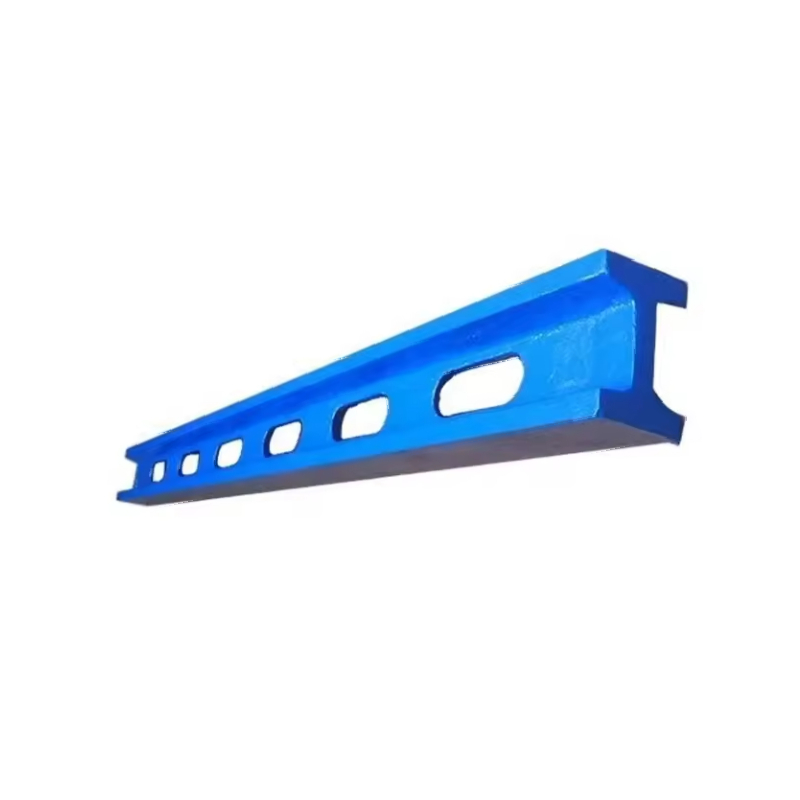12 月 . 03, 2024 16:21 Back to list
Different Types of Micrometers and Their Applications in Precision Measurement
Understanding Types of Micrometers Precision Instruments for Measurement
Micrometers are essential tools in the field of precision engineering and manufacturing, widely used for measuring small dimensions with great accuracy. A micrometer operates on the principle of a screw mechanism, allowing for precise control over measurements. There are several types of micrometers, each designed for specific applications and measurements. In this article, we will explore the various types of micrometers, their functions, and their significance in engineering and manufacturing processes.
1. Outside Micrometer
The outside micrometer, also known as an external micrometer, is one of the most common types. This tool measures the external dimensions of an object, such as diameter, thickness, or width. The outside micrometer consists of a U-shaped frame and a calibrated screw, which enables it to measure small distances accurately. Typically, it has a range of measurement from 0 to 25 mm or 0 to 1 inch, making it suitable for measuring various components in mechanical engineering, manufacturing, and quality control.
2. Inside Micrometer
Contrary to the outside micrometer, the inside micrometer is used for measuring internal dimensions, such as the bore of a cylinder or the internal diameter of a tube. Inside micrometers often come with an adjustable rod that can be inserted into the space to be measured. This rod expands using a calibrated screw, allowing for precise measurements of internal features. They are indispensable in industries where accurate internal measurements are critical for the assembly and functionality of mechanical components.
3
. Depth MicrometerThe depth micrometer is specifically designed to measure the depth of holes, slots, and recesses. It features a long, flat base that rests on the surface of the workpiece, with a measuring rod that extends downward to gauge the depth accurately. Depth micrometers usually provide measurements in millimeters or inches and are essential for applications in machining, metalworking, and engineering where depth dimensions are crucial.
type of micrometre

4. Digital Micrometer
With the advancement of technology, digital micrometers have emerged as a popular alternative to traditional mechanical micrometers. Digital micrometers provide a digital readout of measurements, eliminating the possibility of human error associated with manual readings. These devices often have features such as zero-setting, data hold, and even USB connectivity for data logging. Digital micrometers are favored in modern engineering environments where precision and ease of use are paramount.
5. Thread Micrometer
Thread micrometers are specialized micrometers designed to measure the pitch diameter of screws and threads. They feature a unique anvil design that accommodates the measurement of threads by appearing to fit into the grooves. These micrometers often have interchangeable anvils to allow for versatility in measuring various thread types, making them crucial in industries focused on fasteners and precision screws.
6. Specialized Micrometers
Beyond the basic types mentioned above, several specialized micrometers cater to unique measuring needs. For instance, there are micrometers for measuring wire diameter, weld bead heights, and even for measuring film thickness in various applications. Each of these specialized tools is engineered to provide high levels of accuracy in their specific domains.
Conclusion
Micrometers serve an invaluable role in ensuring accuracy and precision in measurement across various industries, including mechanical engineering, manufacturing, and quality control. The several types of micrometers—outside, inside, depth, digital, thread, and specialized micrometers—offer a range of solutions tailored to different measurement needs. As precision engineering continues to advance, the importance of micrometers remains fundamental, serving as the backbone of quality assurance and precision measurement in the modern industrial landscape. Whether your requirement is for measuring the thickness of a metal sheet or the internal diameter of a pipe, choosing the right type of micrometer is crucial to achieving the accuracy necessary for successful project outcomes.
-
Y Type Strainers: A Comprehensive GuideNewsOct.18,2024
-
Understanding Water Valve Options for Your NeedsNewsOct.18,2024
-
Functions and TypesNewsOct.18,2024
-
An Essential Component for Fluid SystemsNewsOct.18,2024
-
Adjustment and ReplacementNewsOct.18,2024
-
Slow Closing Check Valves: A Key Component in Fluid SystemsNewsOct.08,2024
Related PRODUCTS









